
This Hidden Candida Symptom Starts in Your Mouth and Almost Everyone Misses It
Candida is a type of yeast that naturally exists in the human body. Under normal conditions, it lives harmlessly in small amounts in places like the mouth, gut, and skin. However, when there is an imbalance in the body’s natural flora—caused by factors such as antibiotic use, a weakened immune system, or a poor diet—Candida can grow uncontrollably and cause an infection known as Candidiasis. One of the earliest and most overlooked symptoms of this condition often begins right in the mouth.
Oral thrush, a form of oral candidiasis, is a common early indicator that Candida overgrowth is occurring. It presents as white patches or a creamy coating on the tongue, inner cheeks, roof of the mouth, or throat. While it might appear to be harmless or even mistaken for leftover food or simple dryness, this symptom is a warning sign that shouldn’t be ignored. If not addressed early, Candida overgrowth can spread to other parts of the body, causing more serious health problems such as chronic fatigue, digestive issues, and even systemic infections in severe cases.
One of the reasons oral symptoms are often missed is because they tend to develop gradually. At first, a person might feel a mild burning sensation on the tongue or notice an unusual texture or color when brushing their teeth. The taste might seem slightly off, or there may be bad breath that doesn’t go away despite good oral hygiene. Since these symptoms can also be caused by stress, dehydration, or common colds, people usually dismiss them. However, when these signs persist or are accompanied by other symptoms such as brain fog, recurring yeast infections, or bloating, they should not be taken lightly.
The link between oral Candida symptoms and gut health is crucial. The mouth is the beginning of the digestive system, and what happens there often reflects what’s happening further down the line. If Candida is thriving in the mouth, it’s likely doing the same in the intestines. Left unchecked, this can lead to leaky gut syndrome, where the intestinal lining becomes more permeable, allowing toxins and undigested food to enter the bloodstream. This can trigger inflammation, food sensitivities, skin conditions like eczema or acne, and a host of other health issues.
The good news is that oral candidiasis and other Candida-related problems can be managed and even reversed. Early detection is key. If you suspect you might have oral thrush or another symptom of Candida overgrowth, consult a healthcare professional for proper diagnosis and treatment. Treatment typically involves antifungal medications, both topical (like mouth rinses) and systemic (like oral tablets). Additionally, diet plays a crucial role. Reducing sugar and refined carbohydrates—which feed Candida—and incorporating probiotics to restore healthy gut bacteria can significantly improve symptoms.
Prevention is equally important. Maintaining a balanced diet, avoiding unnecessary antibiotics, practicing good oral hygiene, and managing stress are all effective strategies to keep Candida in check. If you’ve had multiple rounds of antibiotics, have diabetes, wear dentures, or suffer from immune disorders, you should be especially cautious and watch for early signs.
In conclusion, while a white-coated tongue or an unusual taste in your mouth might not seem like a big deal, these subtle signs could be the first clues of a deeper issue related to Candida overgrowth. Recognizing the hidden symptom that starts in your mouth can not only save you from discomfort but also help prevent more serious health complications in the future. Don’t overlook what your body is trying to tell you. Sometimes, the smallest symptoms carry the loudest messages.
News in the same category


Early Signs of Liver Damage & How to Strengthen Your Liver
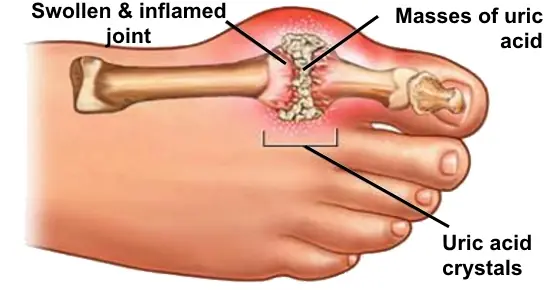
The Best Natural Gout Treatments: Remove Uric Acid Crystallization To Prevent Gout And Joint Pain
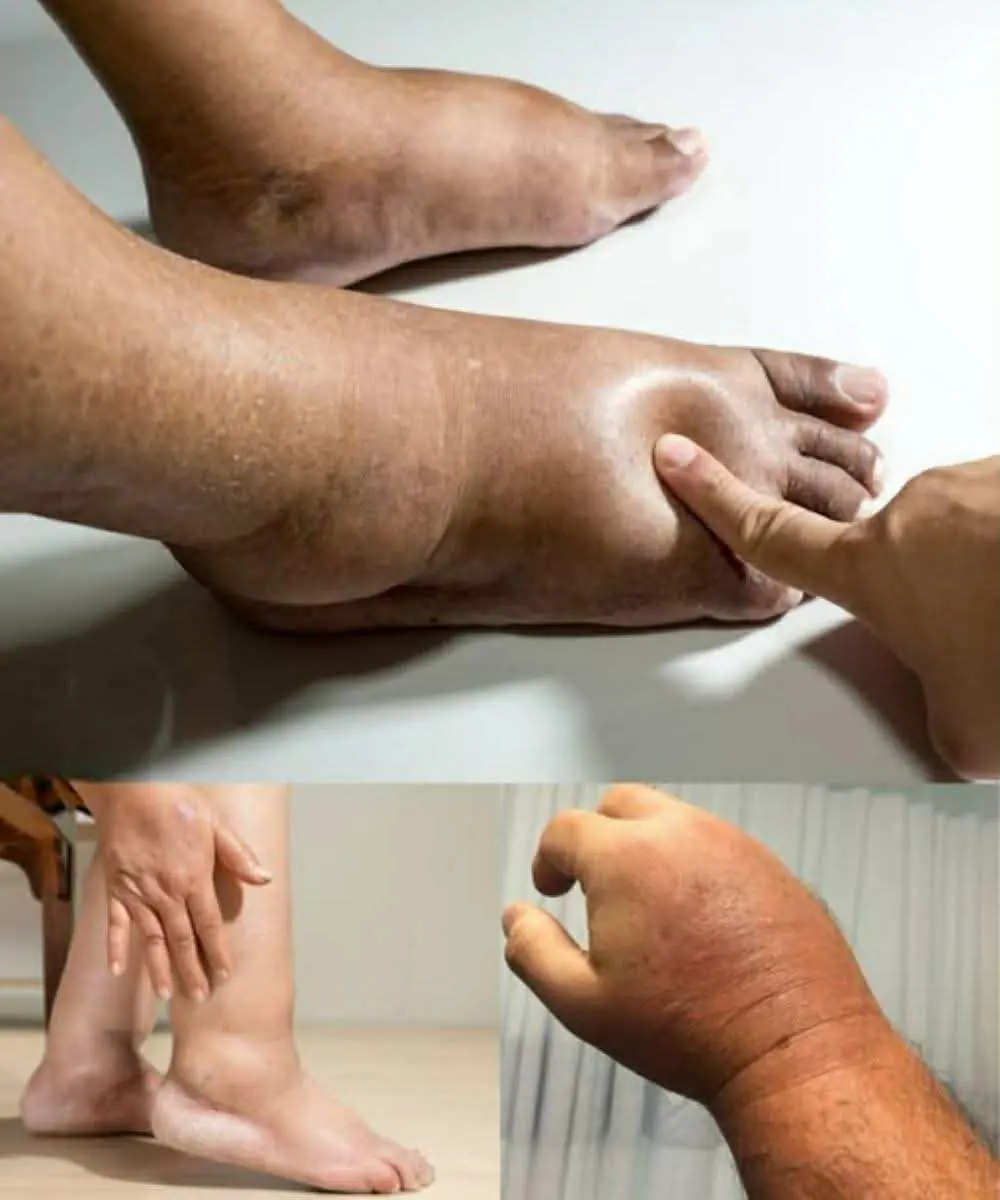
Foods that can ease swelling in hands and feet

Sleeping With The Door Open

Woman shares ’embarrassing’ symptoms she regrets hiding from doctors as she’s diagnosed with incurable cancer
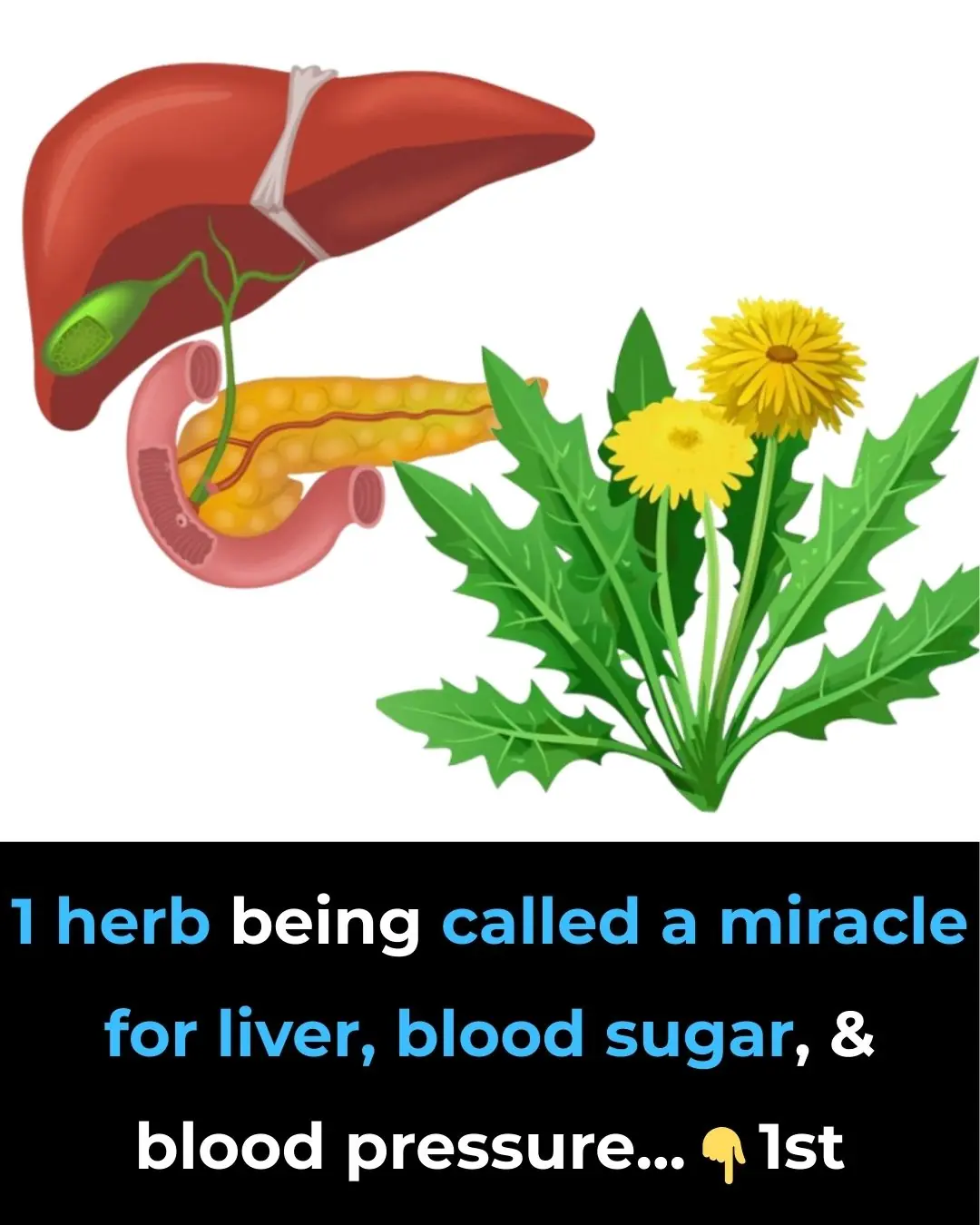
1 herb being called a miracle for liver, blood sugar, and blood pressure
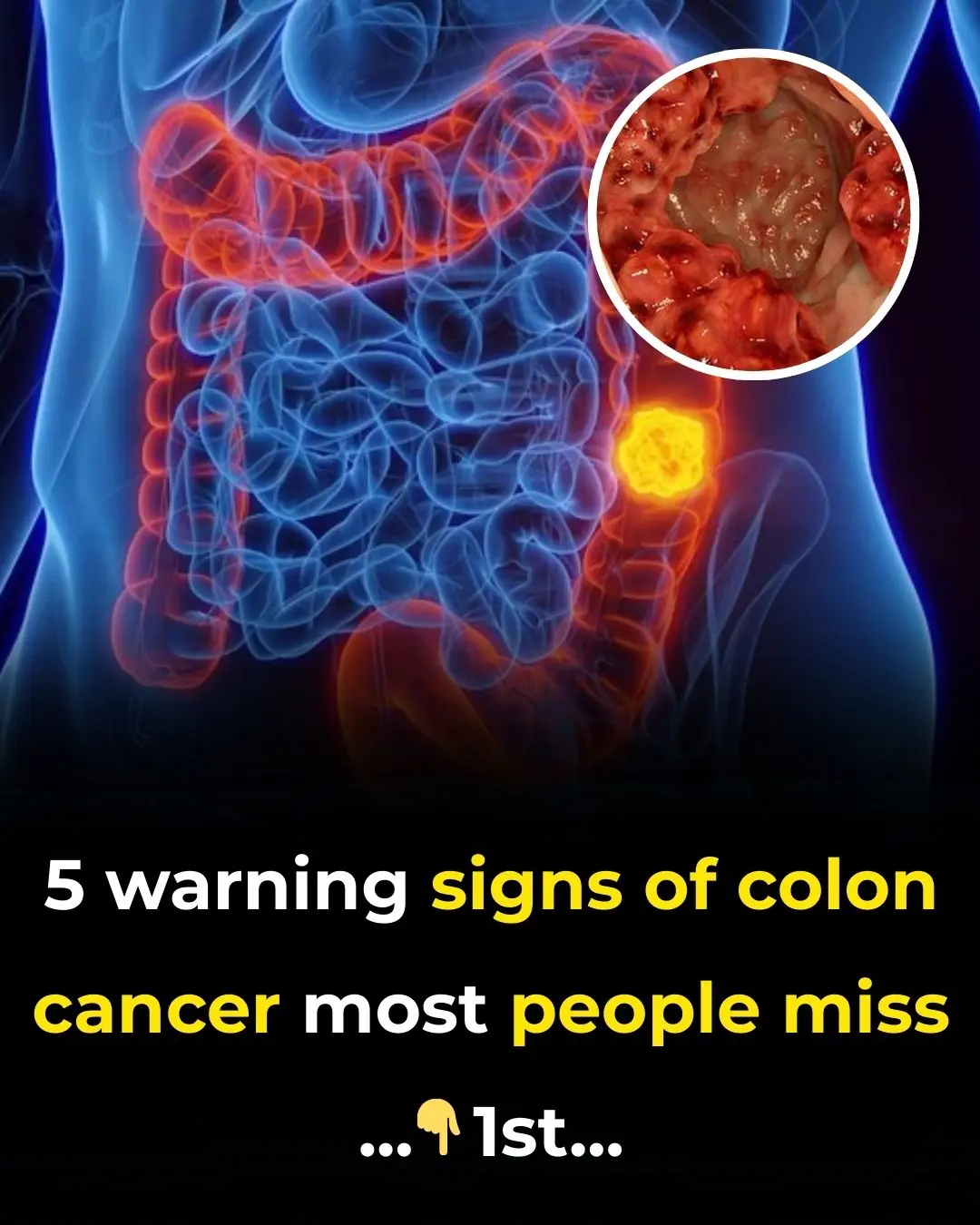
5 Unusual Signs Of Colon Cancer Folks Accidentally Ignore For Years

1 cup before bed: end restless nights and repair your nerves

5 foods that heal your body and STARVE cancer—eat these now!

Preventing Stroke At Any Age: 3 “Don’ts” After Meals—And 4 “Don’ts” Before Bed

The Truth About “Old Person Smell”: What Causes It And How To Get Rid Of It

12 surprising foods that help dissolve blood clots naturally

New B::l:ood Pressure Guidelines: 4 Things I Like and 2 Concerns

Intuitive Eating: A Non-Diet Approach Your Patients May Love
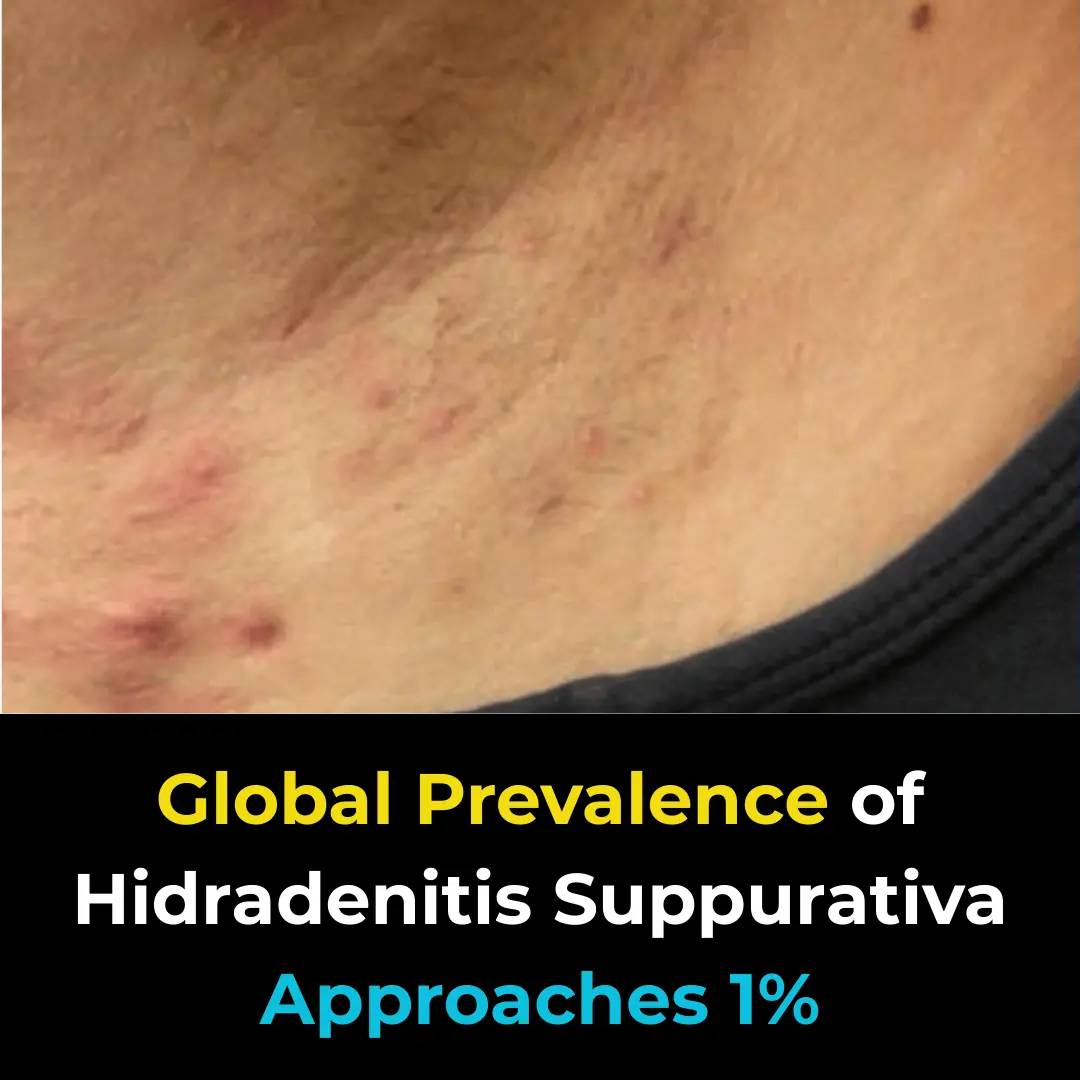
Global Prevalence of Hidradenitis Suppurativa Approaches 1%

Who Should Avoid Eating Chicken Feet?

Here’s How To Get Rid of Sinus Infections Naturally, No Antibiotics Required!
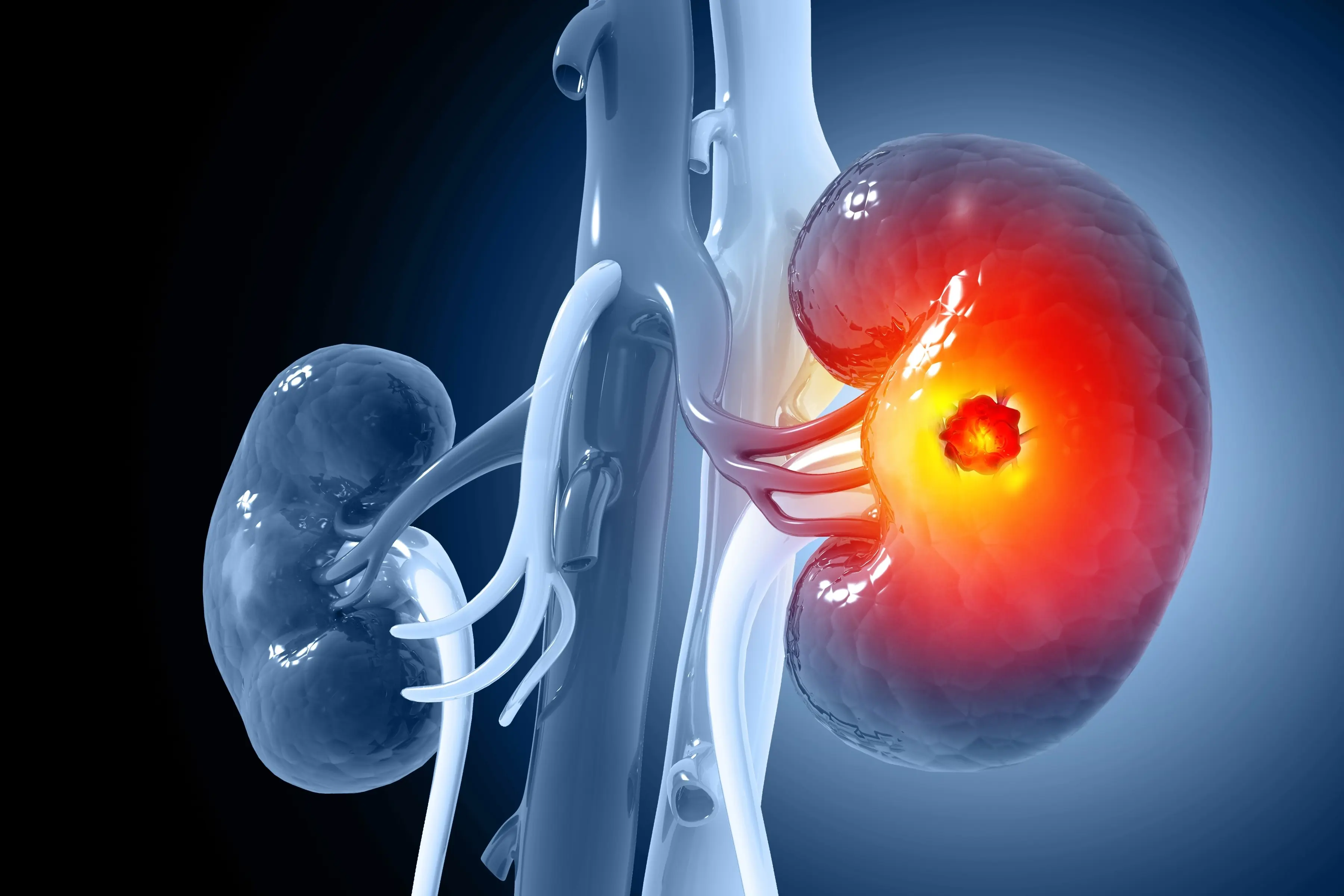
If You’re Experiencing THESE Symptoms, Your Kidneys May Be at Risk
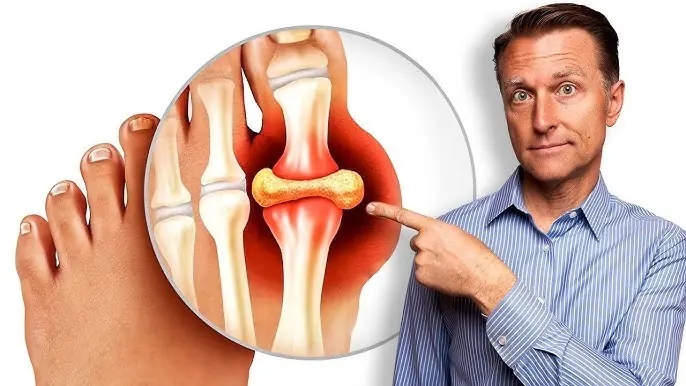
Best Natural Gout Treatments to Remove Uric Acid Crystallization and Prevent Gout And Joint Pain
News Post

8 Common Hygiene Myths You Shouldn’t Believe

The hidden meaning of thumb rings: what they represent for women vs. men

What it says about your relationship when your partner sleeps with their back to you

Pouring Hot Water into the Kitchen Sink: Thought It Was Helpful but Actually Causes Two Serious Problems

Early Signs of Liver Damage & How to Strengthen Your Liver

Clogged Pipes? Super Easy Home Remedies Without Calling an Expensive Plumber!

The Best Natural Gout Treatments: Remove Uric Acid Crystallization To Prevent Gout And Joint Pain

Foods that can ease swelling in hands and feet

The Golden 4-Hour Window to Drink Coffee for Maximum Health Benefits: Clean Liver, Smooth Digestion, and Balanced Blood Sugar

Sleeping With The Door Open

The World’s Strongest Animal Isn’t an Elephant or Bear
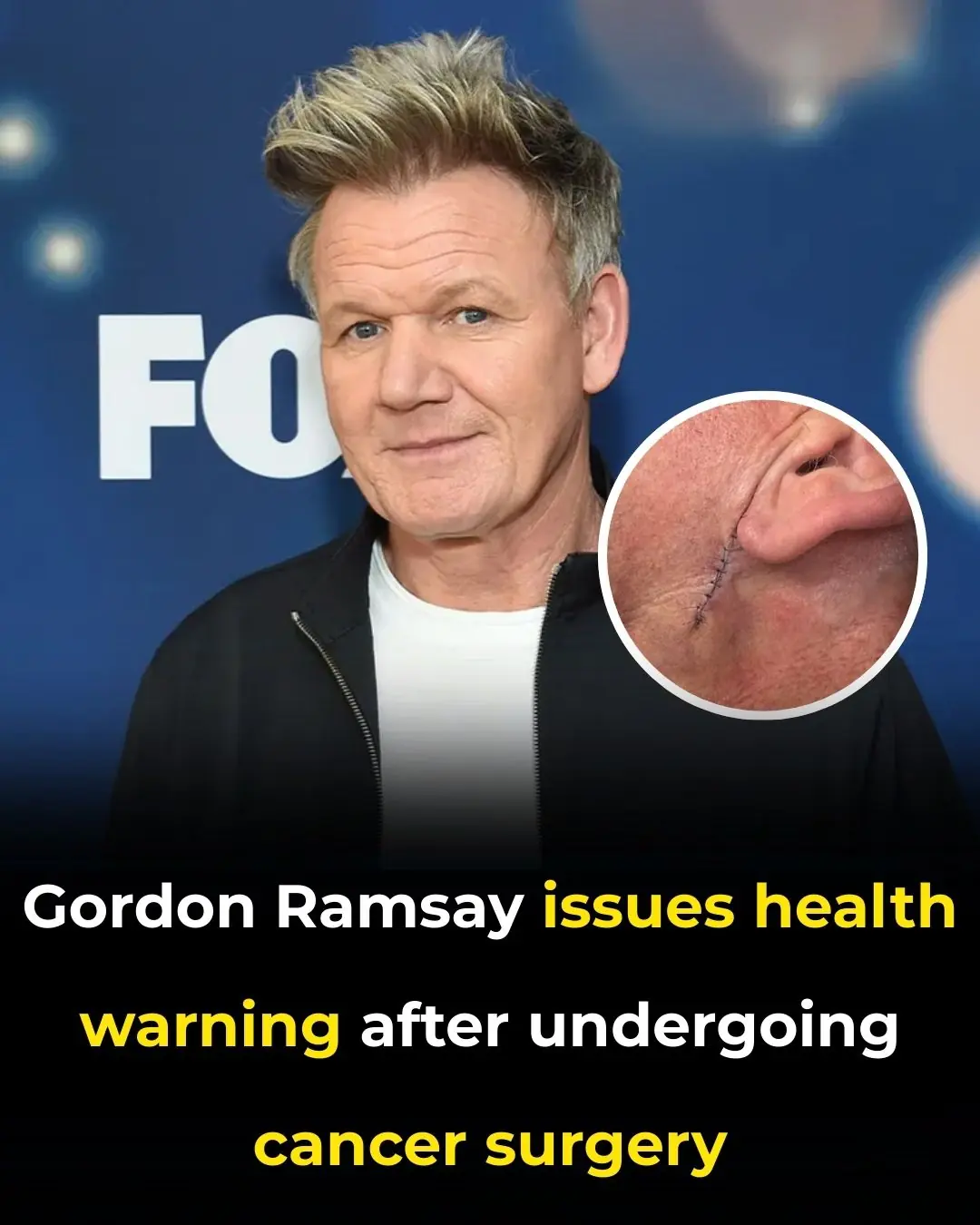
Gordon Ramsay issues health warning after undergoing cancer surgery

Woman shares ’embarrassing’ symptoms she regrets hiding from doctors as she’s diagnosed with incurable cancer

1 herb being called a miracle for liver, blood sugar, and blood pressure

5 Unusual Signs Of Colon Cancer Folks Accidentally Ignore For Years

Delta Pilot Spends Year’s Salary to Fly 112 Friends to Hawaii for Epic Retirement Sendoff

1 cup before bed: end restless nights and repair your nerves

5 foods that heal your body and STARVE cancer—eat these now!
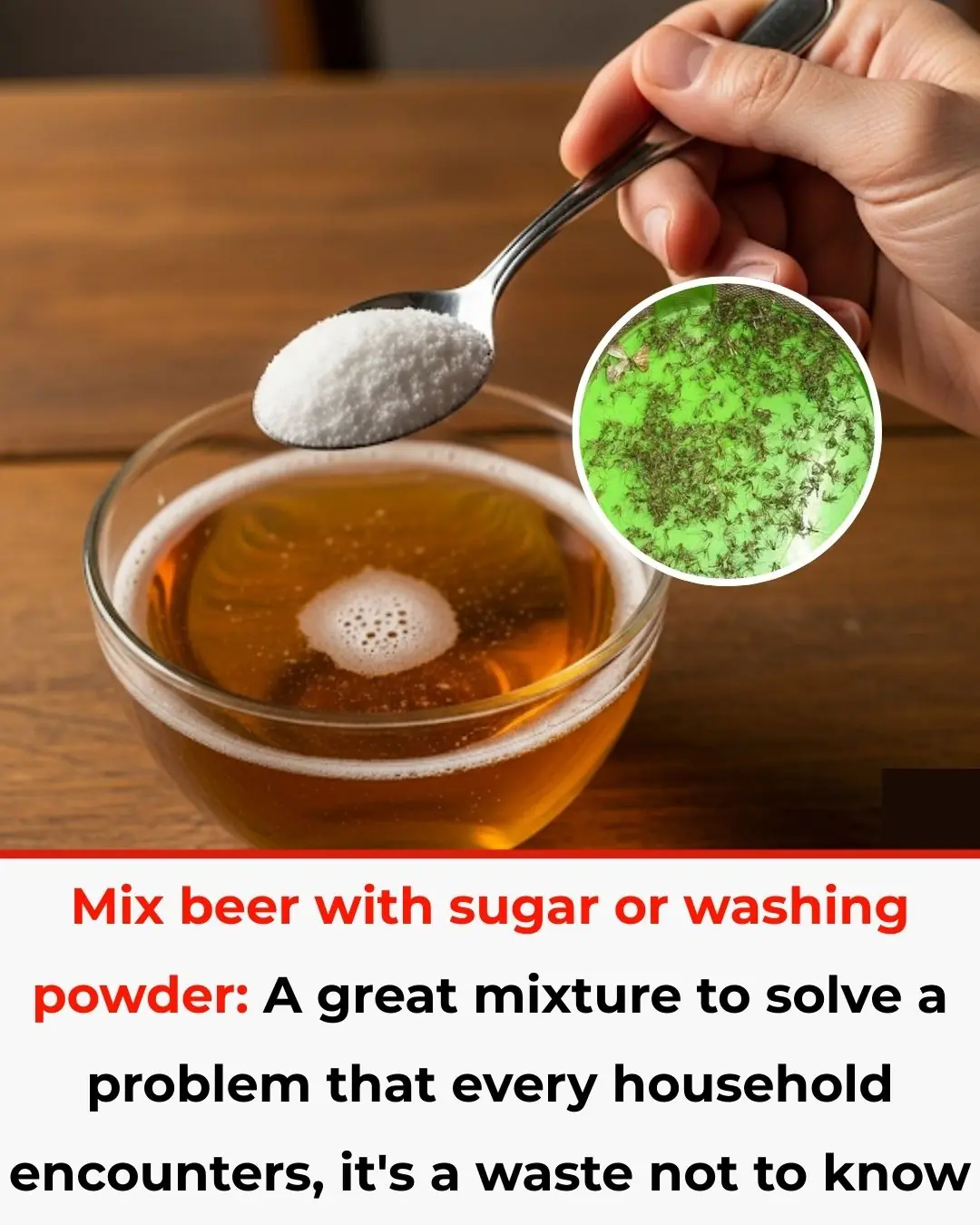
Mixing Beer with Sugar or Detergent: A Brilliant Solution to a Common Household Problem You Shouldn’t Miss
